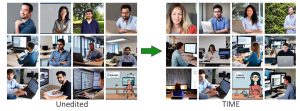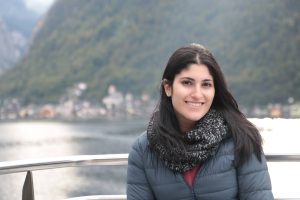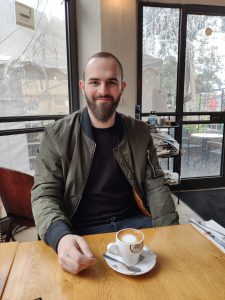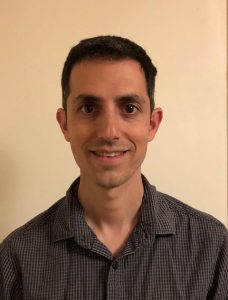Prof. Brik was born in the village of Abu Snan in the Western Galilee and completed his undergraduate degree at Ben-Gurion University of the Negev and his master’s degree and PhD at the Technion. After completing his PhD, he continued to a postdoctoral fellowship at the Scripps Research Institute in San Diego, California. Upon his return to Israel, Prof. Brik was appointed as a senior lecturer at Ben-Gurion University, and within five years, he was promoted to full professor. In 2015, he was recruited to the Technion and has since been a faculty member in the Schulich Faculty of Chemistry.
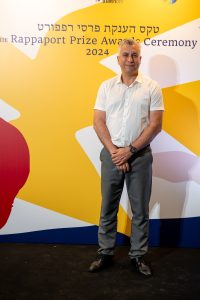
Irith Rappaport, daughter of the founders of the Bruce and Ruth Rappaport Foundation said: “The vision behind the prizes established by my late parents is to encourage excellence, whether in the category for biomedical research or in the categories for art and for women generating change. The research prize is a professional award that has gained a reputation as one of the prestigious and important awards in Israel. Moreover, as someone who was born in Haifa, the most diverse city in Israel, the model of a shared society was and remains self-evident to me. Therefore, I am proud to award the prize each year to the winners who represent Israeli society as a whole. I am confident that my parents would have been proud that the prizes they established sanctify the values they instilled in us: excellence, equality, and mutual respect regardless of religion, race, and gender.”
Prof. Brik focuses on biological chemistry and develops innovative methods for the synthesis of proteins with unique properties, such as those that undergo changes after translation. These proteins are used in structural, biochemical, biophysical, and functional analyses, as well as in understanding their roles in various diseases and in developing innovative treatments for these diseases. He has won numerous awards and grants, including the Humboldt Prize (Germany), the Hirata Award (Japan), the Tetrahedron Young Investigator Award, the Teva Award for Excellence in memory of Eli Hurvitz (Israel), the Israel Chemical Society Prize for Outstanding Young Chemist, and the ERC Advanced Grant, awarded to leading researchers with outstanding achievements in research. In 2019, he was elected as a member of the Israel Young Academy.
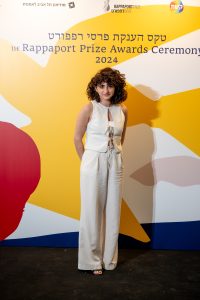
The Rappaport Prize for Outstanding Doctoral Students was awarded to Dr. Alia Ghrayeb, who completed her medical studies at the Rappaport Faculty of Medicine and continued her doctoral studies at the same faculty under the supervision of Prof. Eyal Gottlieb. She is currently under the supervision of Prof. Zaid Abbasi. Dr. Ghrayeb researches key metabolic changes in fatty liver disease, the most common cause of chronic liver disease and the leading cause of liver transplants worldwide. Using metabolic tools, she revealed not only changes in lipid profiles but also significant changes in amino acid metabolism, particularly in the glycine pathway. She extended these findings to demonstrate that such metabolic changes are also present in cardiovascular diseases, the main cause of mortality among people with fatty liver disease. Although the therapeutic potential of glycine has been previously studied, the mechanism leading to a decrease in glycine levels and the metabolic implications of this deficiency have not yet been thoroughly investigated. Using metabolic tools combined with unique pharmacological and genetic approaches in an experimental model of fatty liver in mice, Dr. Ghrayeb demonstrated that increased synthesis of serine from glycine through the reverse activity of the mitochondrial enzyme 2SHMT is the main cause of decreased glycine levels in fatty liver. Additionally, genetically engineered mice that do not express 2SHMT in the liver exhibit a preferred antioxidant capacity, which protects them from oxidative stress damage. Alia’s deep understanding of glycine metabolism in fatty liver holds potential for therapeutic applications in the not-too-distant future.
For the video that was screened in honor of Prof. Brik at the award ceremony.

